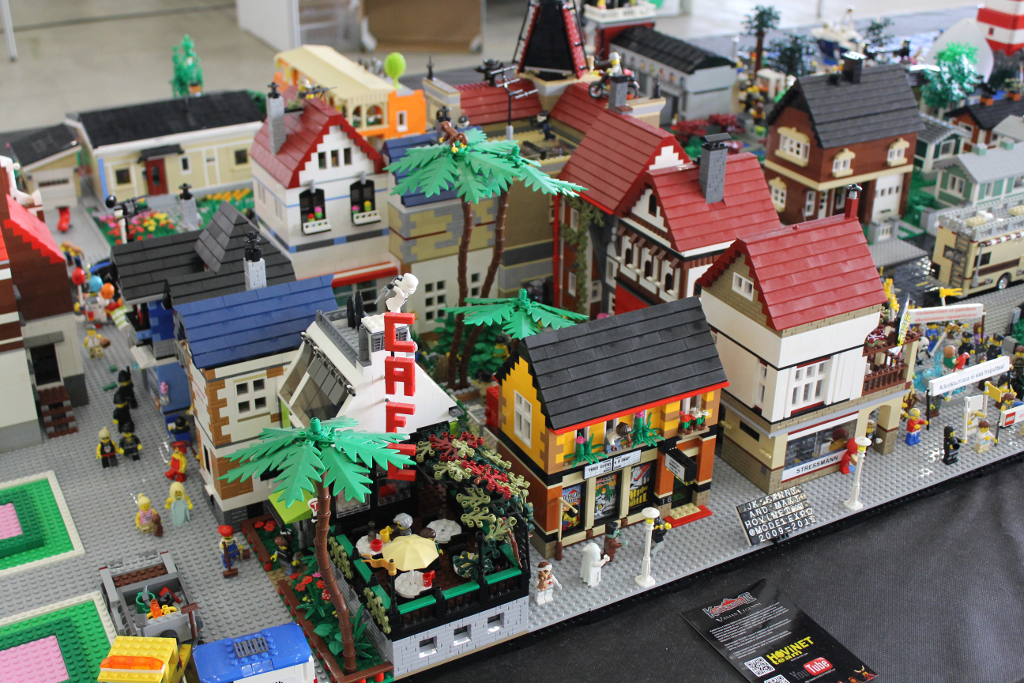The madness gets worse
I worked on the landing gear bay doors and filed and sanded off the worst edges. The results weren't convincing. There were mindbending gaps between parts. The joint between the plane's body and the wings on the topside also didn't work for me: the gap was small but it ended up eye-searing. These didn't use to bother me before!
Or they did bother me enough to dislike airplane modeling, but not enough to actually bother fixing them. Who knows? Now they annoyed me and I dug out my tube of Tamiya putty and went to town with it.
One afternoon I applied the putty and the next one I sanded off the chunks. I guess it would've been workable much sooner but I thought I'll give it a day and be sure. To my amateur eyes the results were fine. Could be that some of the panel lines can't be seen anymore after all the work, but that might depend on the paintjob, too.
After I was finished with this surprise phase, I primed the whole setup again. Perhaps this iterative learning sinks through my thick skull one day and I stop doing all these pointless things (like prepriming things I shouldn't prime yet) as supposedly good and timesaving. Or not.
Paint scheme
I had thought of the paint scheme earlier. The box cover's image looks like a basic, ultraboring USAF grey and the "prototype model art" pics show a dark paintjob, just like the painting instructions suggest. Neither option really inspired me. For a change, instead of my favourite feeling-based Stetson-Harrison approach I decided to take this project seriously. For a change, variety and fun, if nothing else.
Some references
There was a good pile of reference material I went through, as my Finnish commenter Lasse provided some A-10 docs. My main interest at this point was the version I was working on (which was either referred to as "N/AW A-10A" or "YA-10B") and its look. Below I have attached two example photos I found useful.
The darkly painted model was going to be the result. Of course it could have been theoretically possible that after the flight tests depicted above (see the sensor stick) the prototype plane could've got a different paintjob, but as far as I could tell it wasn't mentioned anywhere. I decided to keep the "
what if" world far away from this one and stick to the facts.
Let's go dark
As I said, the painting instructions talked about a "Gunship grey" colour. The VMA series I use doesn't, of course, use that name anywhere. The infamous internet suggested, among Dark Sea Green and Black Grey (VMA 71056) in this role, but in my eyes BG looked too dark. For a short moment I thought of using German Grey (VMA 71052), which was pretty nicely dark. Then again, I also had an unopened bottle of USAF Dark Grey (VMA 71132), so that sorted it out quickly.
The first paint layer
An error-fixing session
Lasse dropped a comment to the Finnish post two weeks ago, regarding my painting of the cockpit. I had left those parts one can see through the canopy as grey, when they should be more like black. For some reason I had encountered a wrong type of a cockpit image (or more likely: seen whatever) and did what I did based on that. To keep my build on the facts and within the limits of reasonability I cracked the canopy open and was glad to see that no paint had leaked through.
I manually painted the shameful mistakes with the aforementioned grey-black and while I was immersed in my momentary insanity, I went for the insides of the canopy frames with it as well! I was beyond shocked by this, really. A perfect coverage wasn't what I was going for, but a decent and a really careful one. Avoiding overspill was the reason, of course.
When the paint had cured I reglued the canopy on. You can see that before that I had attached the Avenger's tip on the model as well, while the paint was drying. I thought about the best approach and decided to mask the nose cone so that with a bit of very careful airbrushing I could get just the minigun painted and leave the rest clean. With very gentle whiffs I painted the business end with Steel (VMA 71065). While I'm writing this the result is a complete mystery.
























































































































